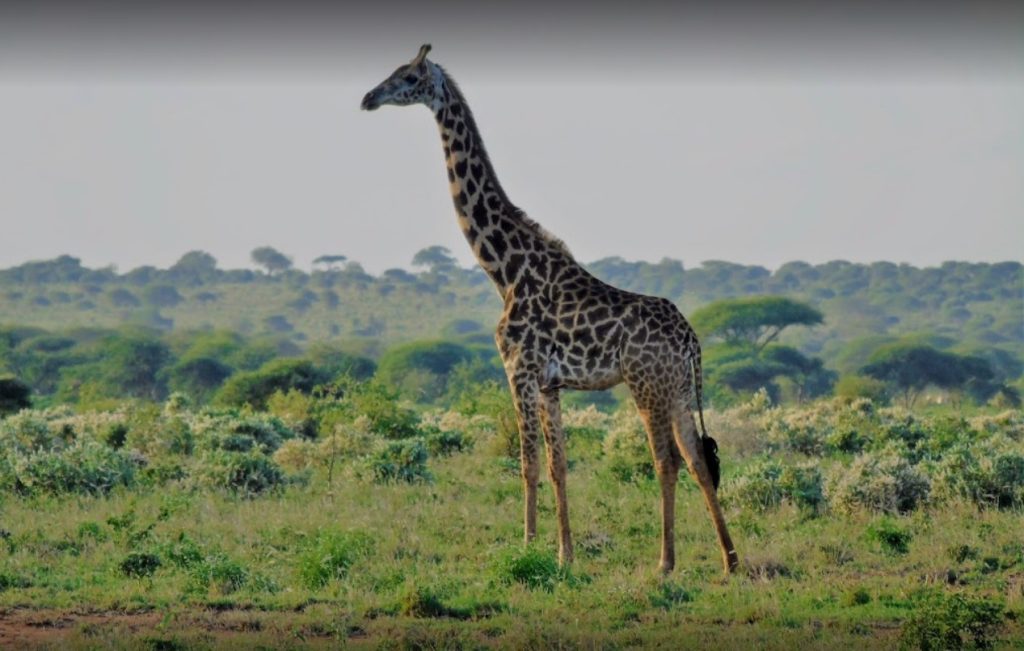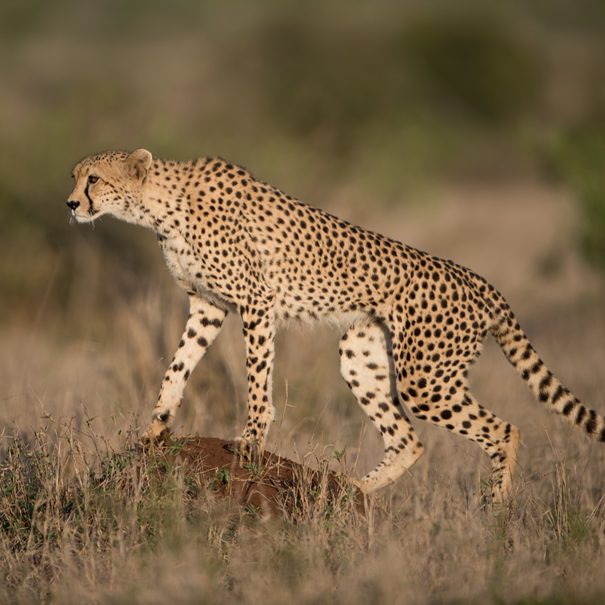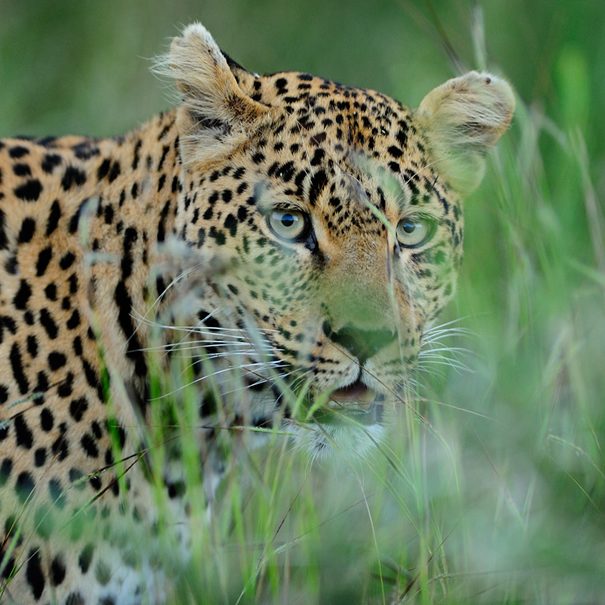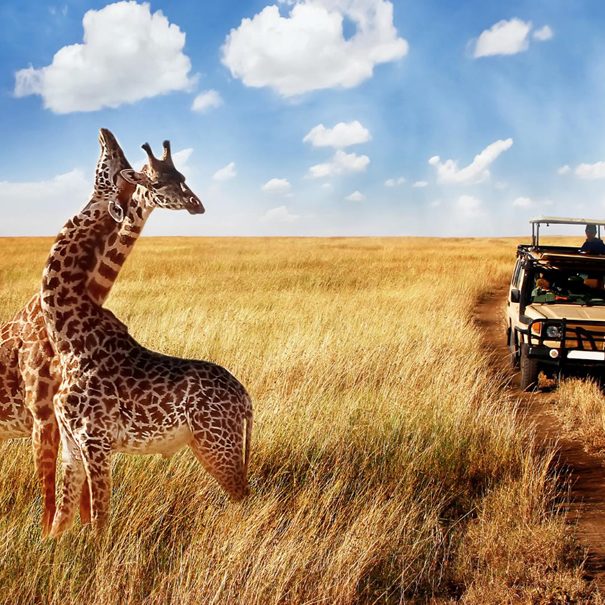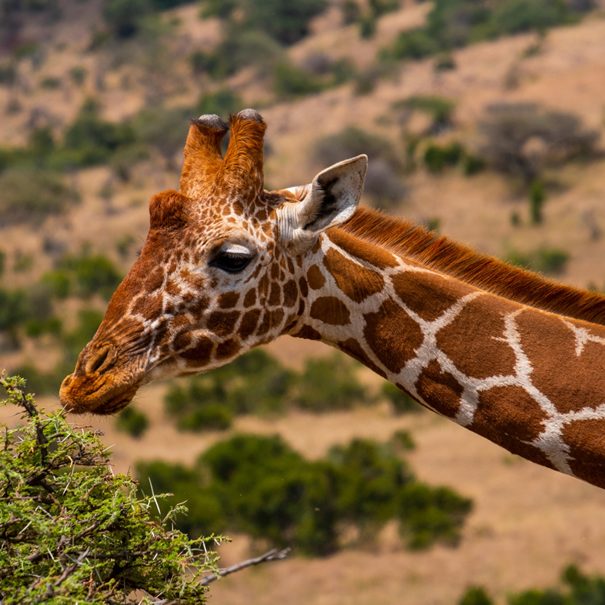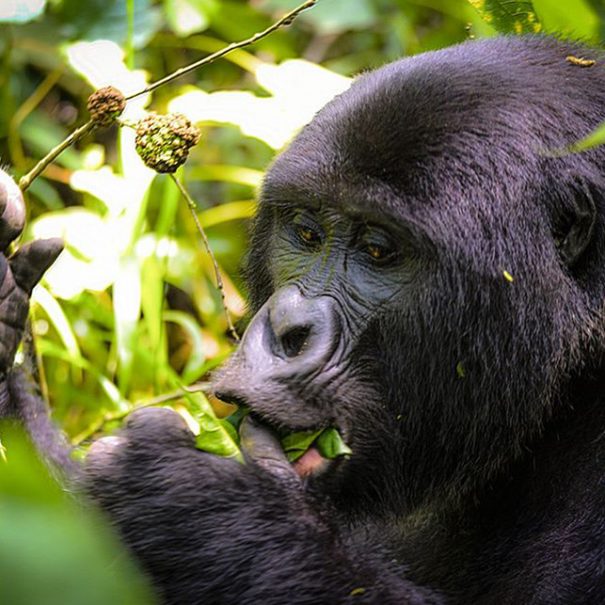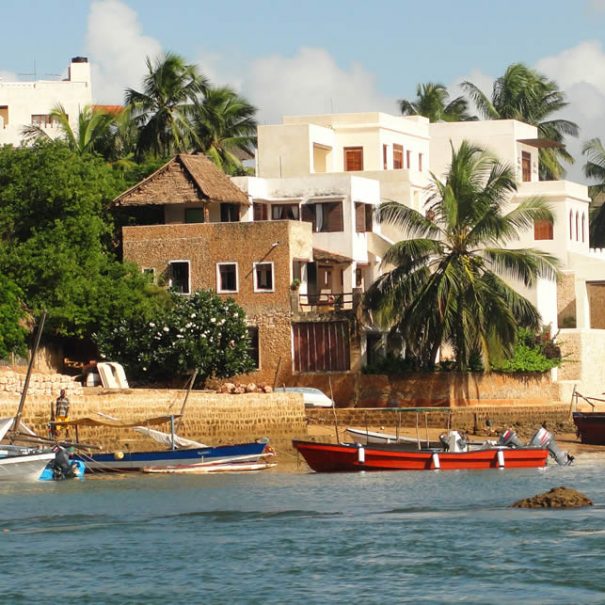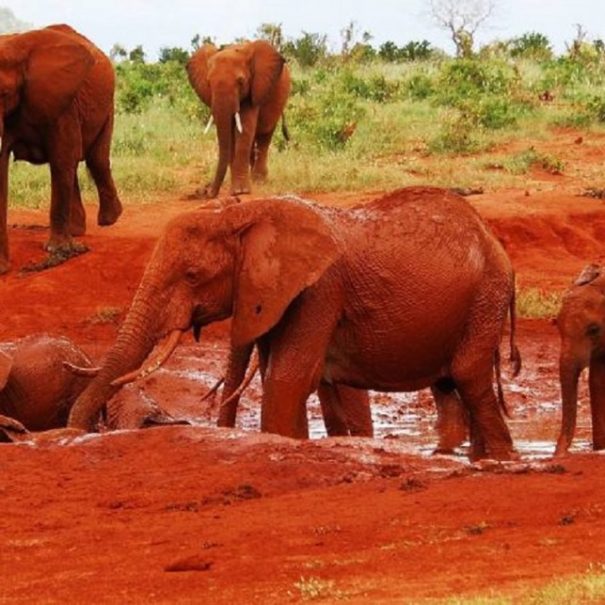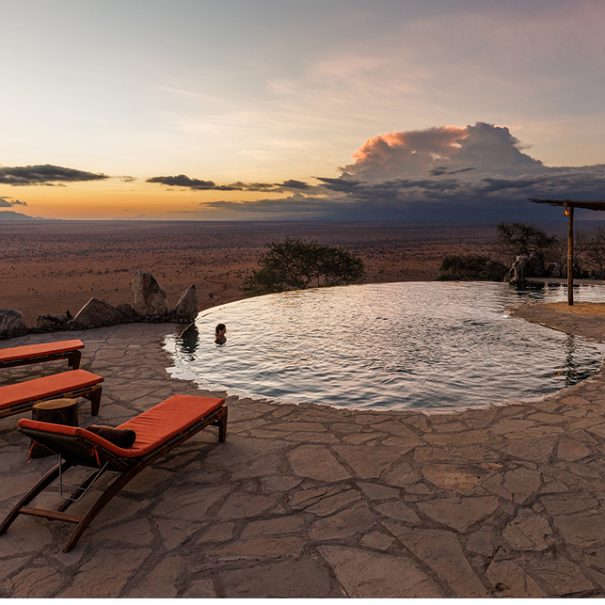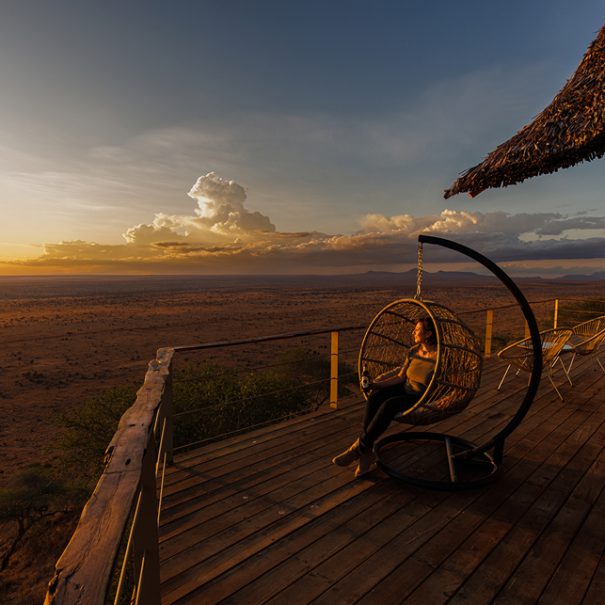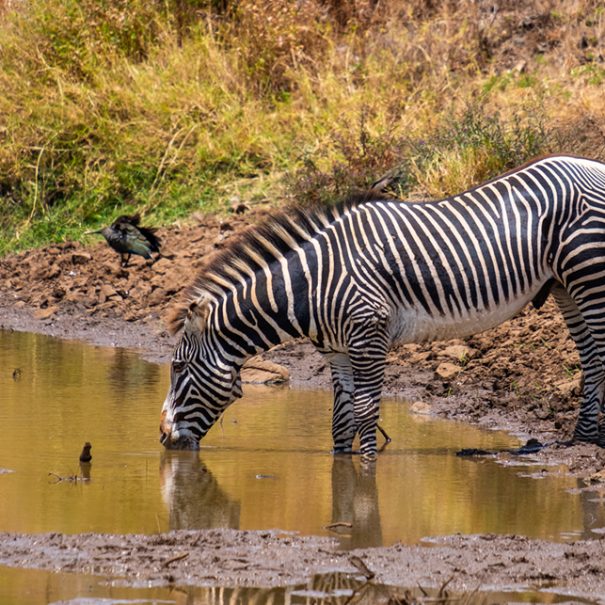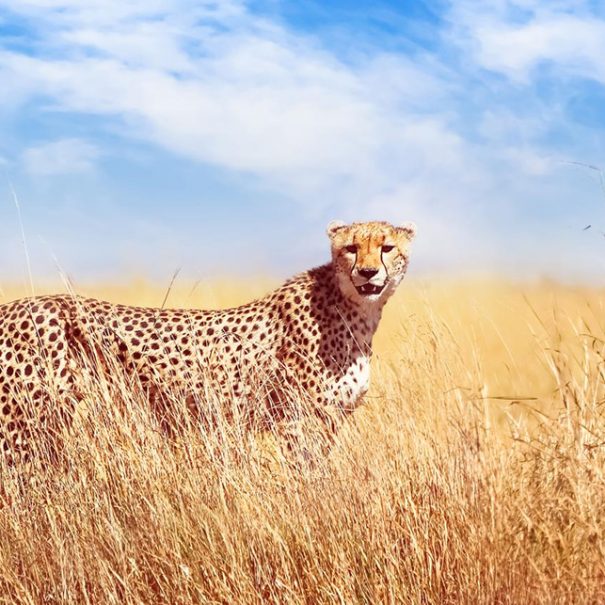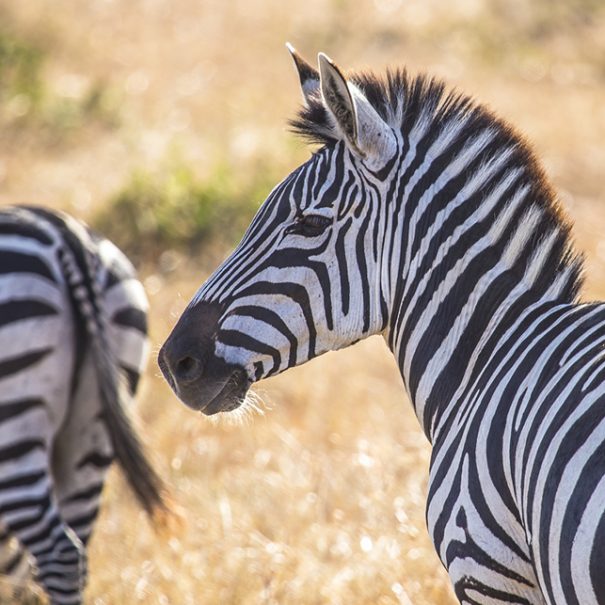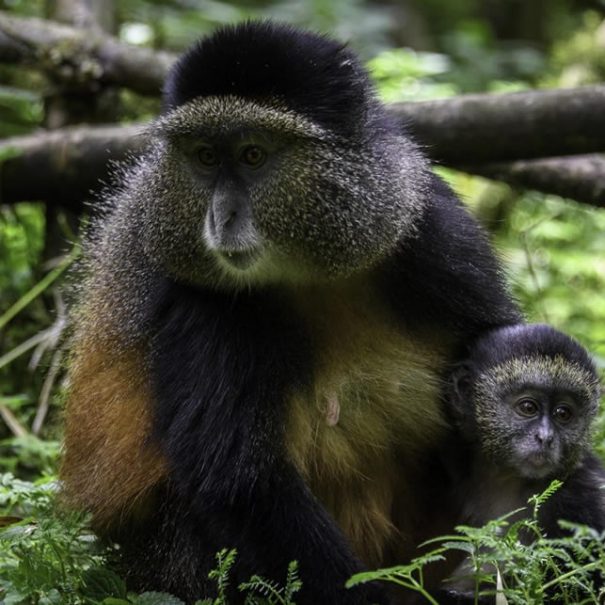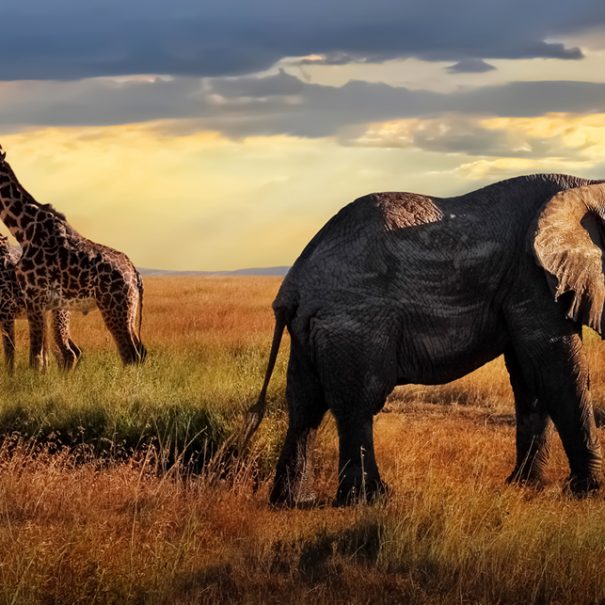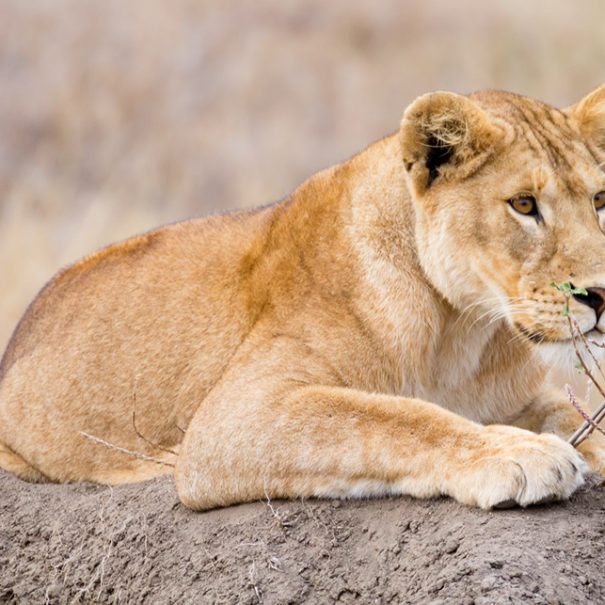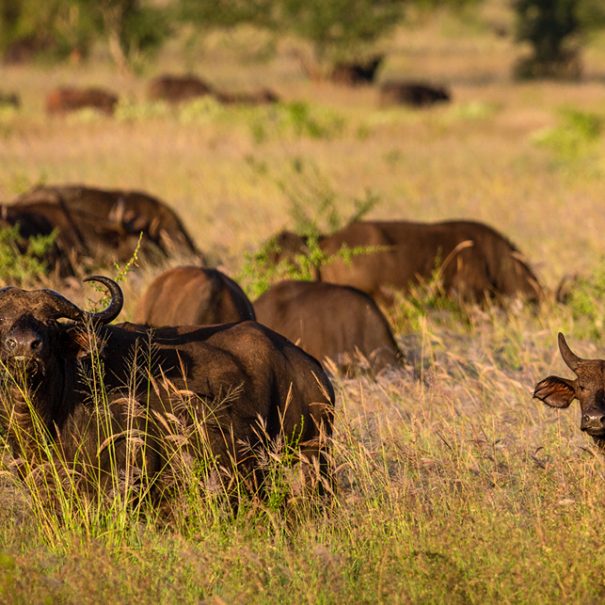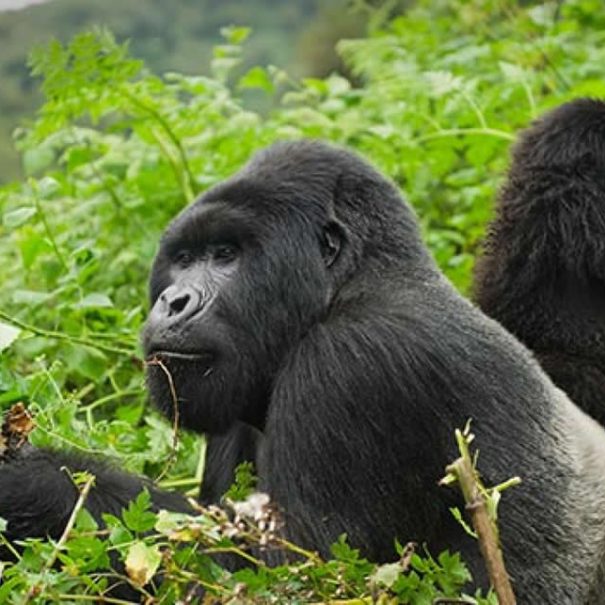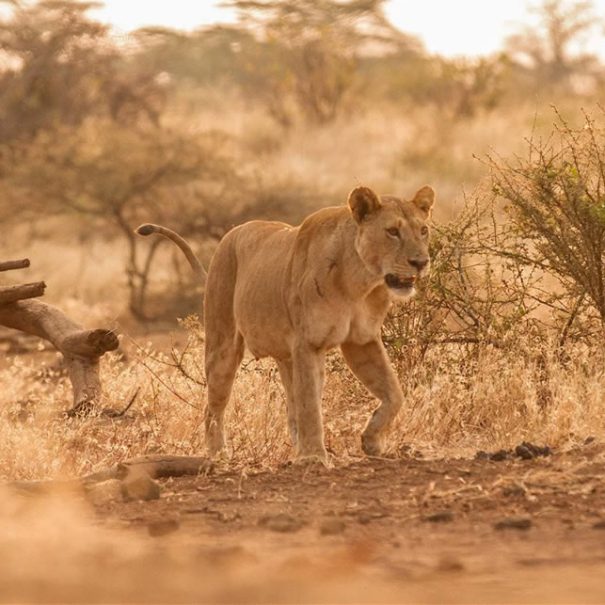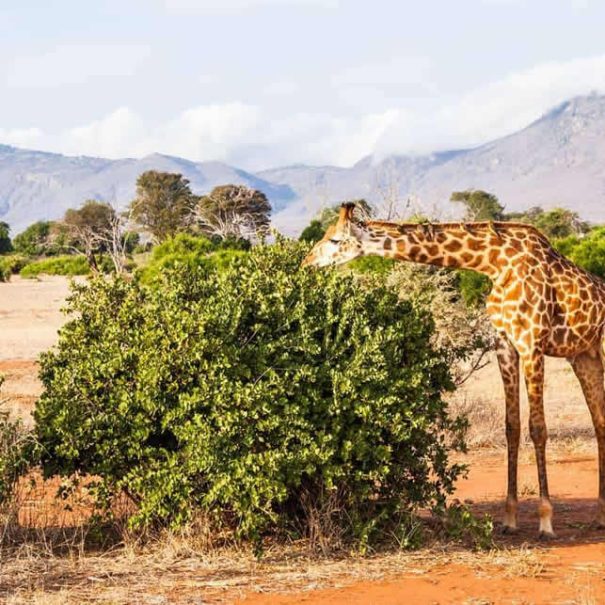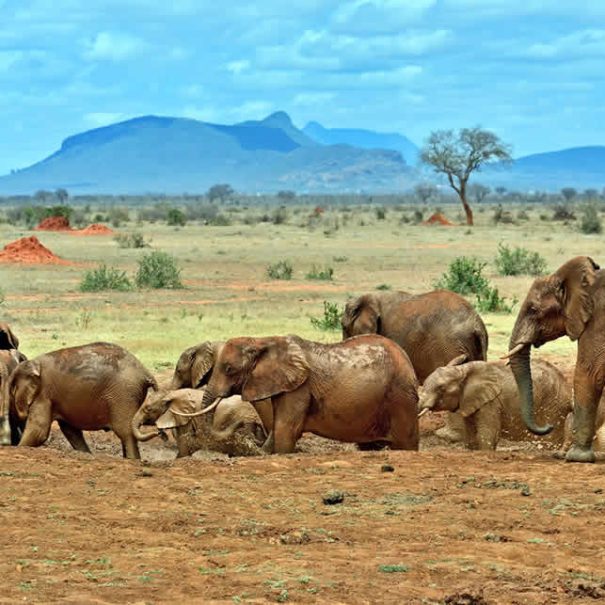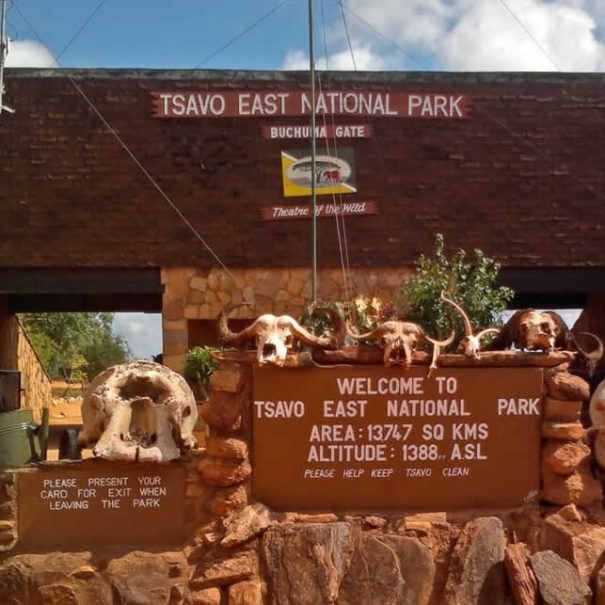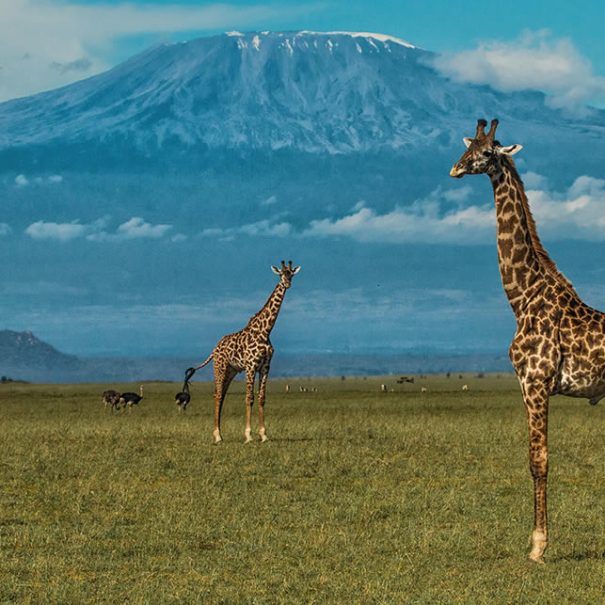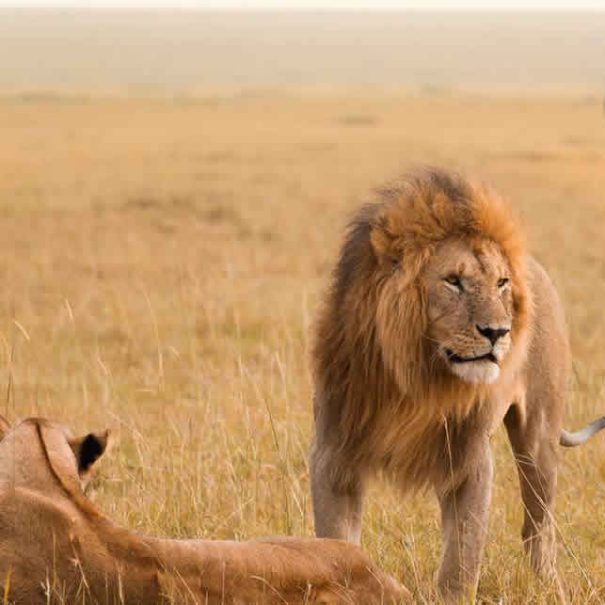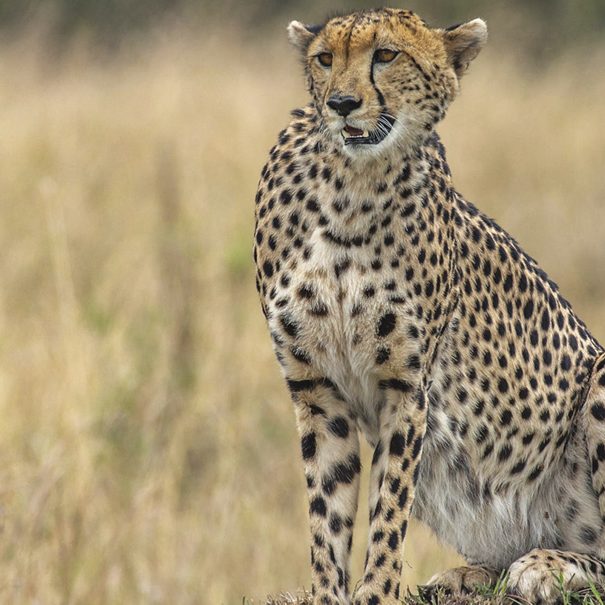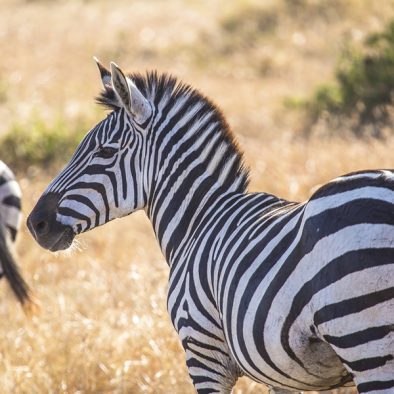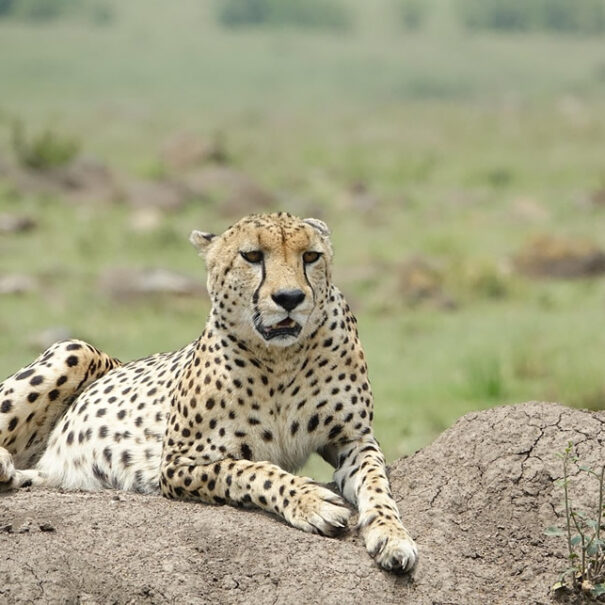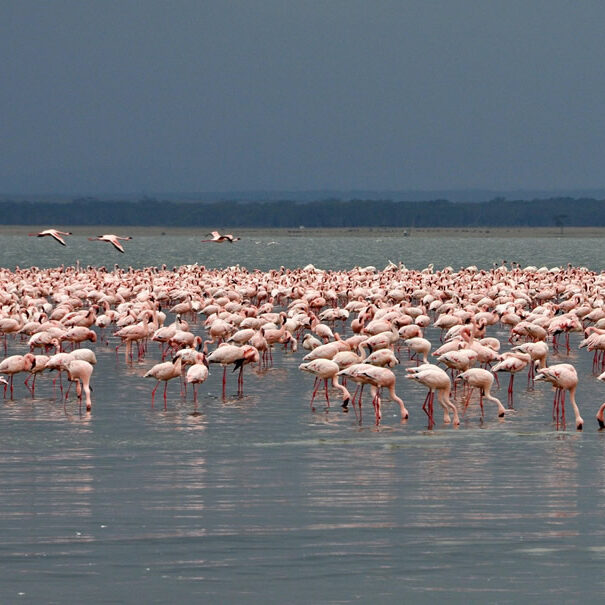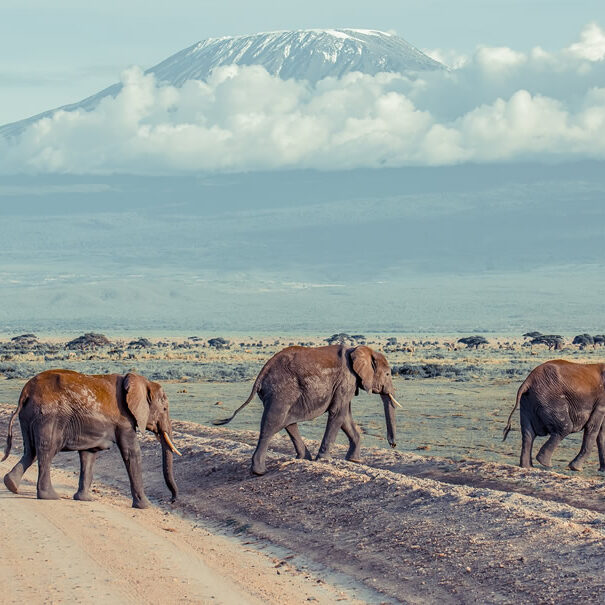In the heart of East Africa, where the warm embrace of the Indian Ocean meets the untamed wilderness, a captivating journey unfolds from the coastal allure of Mombasa to the majestic landscapes of Tsavos. This journey through Kenya, marked by cultural richness, historical significance, and the raw beauty of the wild, weaves a tapestry that epitomizes the essence of Kenya’s enchantment
Description of Mombasa’s Cultural and Historical Significance
Mombasa, a coastal gem, whispers stories of ancient civilizations and maritime trade routes. Its history is etched in the architecture of Old Town, where Swahili, Arab, and European influences converge in a harmonious blend. The narrow alleys, coral stone houses, and intricately carved doors bear witness to centuries of cultural exchange, making Mombasa a living museum of diverse heritage.
Exploration of the Enchanting Landscapes and Attractions in Mombasa
Beyond its historical corridors, Mombasa unfolds its enchanting landscapes. The azure waters of the Indian Ocean stretch as far as the eye can see, offering a serene backdrop to the bustling city life. The vibrant markets, like the renowned Spice Market, entice visitors with a kaleidoscope of colors and aromas, while Fort Jesus stands as a sentinel, telling tales of battles and resilience.
From the historic charm of Old Town to the modern vibrancy of Nyali Beach, every corner of Mombasa is an invitation to explore.
Introduction to the Concept of Safari as a Cultural Experience
However, Mombasa is not just a destination; it’s a prelude to a unique adventure. The concept of safari, traditionally associated with wildlife exploration, takes on a distinctive cultural hue here. In Mombasa, safari transcends the boundaries of traditional game drives; it becomes an immersion into the living culture of the coastal people.
Engaging with local communities, savoring traditional Swahili cuisine, and participating in cultural festivities become integral parts of the safari experience, forging connections between travelers and the vibrant tapestry of coastal life. As the coastal breeze carries the tales of centuries past, Mombasa emerges as the gateway to a multifaceted adventure.
The magic lies not just in its historical remnants or picturesque landscapes but in the fusion of culture and exploration that sets the stage for the safari unveiling, a journey that promises to unravel the secrets of both the past and the present.
The Journey Inland: Navigating Through Tsavo National Park
Embarking on the journey from the coastal charm of Mombasa, the trajectory leads to the majestic Tsavo National Park, a transition marked by evolving landscapes and cultural nuances.
Transition from Mombasa to the Majestic Tsavo National Park:
Leaving the coastal allure behind, the transition to Tsavo National Park is a transformative shift. The rhythmic waves of the Indian Ocean give way to the vast savannas of Tsavo, creating a seamless bridge between the coastal enchantment and the untamed wilderness that lies ahead. The journey becomes a narrative of evolving terrains and changing perspectives.
Introduction to Tsavo National Parks and Their Significance
Tsavo, comprising both East and West, stands as a testament to Kenya’s commitment to preserving its natural heritage. The parks, known for their vastness, are not merely reserves but sanctuaries that safeguard the country’s diverse ecosystems. Tsavo’s significance lies in its role as a haven for both iconic and lesser-known species, contributing to the rich tapestry of African wildlife.
Unveiling the Diverse Ecosystems and Wildlife in Tsavos
Tsavo’s majesty lies in its diversity. From the red elephants of Tsavo East to the rugged terrain of Tsavo West, the ecosystems shift, revealing distinct habitats. Savannas, mountains, and dense forests coexist, creating a mosaic of landscapes. The wildlife, from predators to prey, adds layers to the safari experience, creating a dynamic narrative of survival and coexistence.
Amboseli’s Majesty: Untamed Wilderness
Moving from the untamed wilderness of Tsavo, the journey continues to Amboseli, where the African Jumbo roams freely against the backdrop of the tallest mountain in the continent.
Highlighting Amboseli’s Unique Wildlife and Iconic Mt. Kilimanjaro Backdrop
Delving into Amboseli’s hidden gems is an exploration that goes beyond the surface, inviting adventurers to unearth the lesser-known wonders nestled within the expansive landscapes of Amboseli National Park. Amboseli is renowned for its iconic views of Mount Kilimanjaro and the diverse wildlife that roams its plains. Yet, beneath the well-traveled paths and prominent attractions lie hidden gems waiting to be discovered.
The journey into Amboseli involves a keen eye for detail and a willingness to explore beyond the common trails. One such gem is the network of secret watering holes scattered throughout the park. These oases become gathering points for a myriad of wildlife, offering an intimate glimpse into the daily rituals of the inhabitants. Observing elephants, zebras, and other creatures as they converge around these hidden water sources creates an unforgettable experience, showcasing the delicate balance of life in the heart of Amboseli.
Amboseli’s scenary extends beyond its open vistas. The park is a sanctuary for unique wildlife, with elephants taking center stage against the dramatic backdrop of Mount Kilimanjaro. Amboseli’s wildlife, from the majestic elephants to the myriad bird species, becomes an integral part of the narrative. The iconic silhouette of Kilimanjaro not only frames the landscape but becomes a silent companion, a constant presence shaping every moment of the safari.
Safari Nuggets
- Research wildlife seasons and events.
- Choose accommodations aligning with your preferences and budget, preferably within national parks.
- Craft a balanced itinerary, including Amboseli and Tsavo East/West.
- Decide on transportation mode – guided, self-drive, or a mix.
- Pack light for diverse climates, including essentials like sunscreen and comfortable shoes.
- Follow wildlife etiquette, maintaining a respectful distance.
- Engage with local culture, respecting customs for positive interactions

